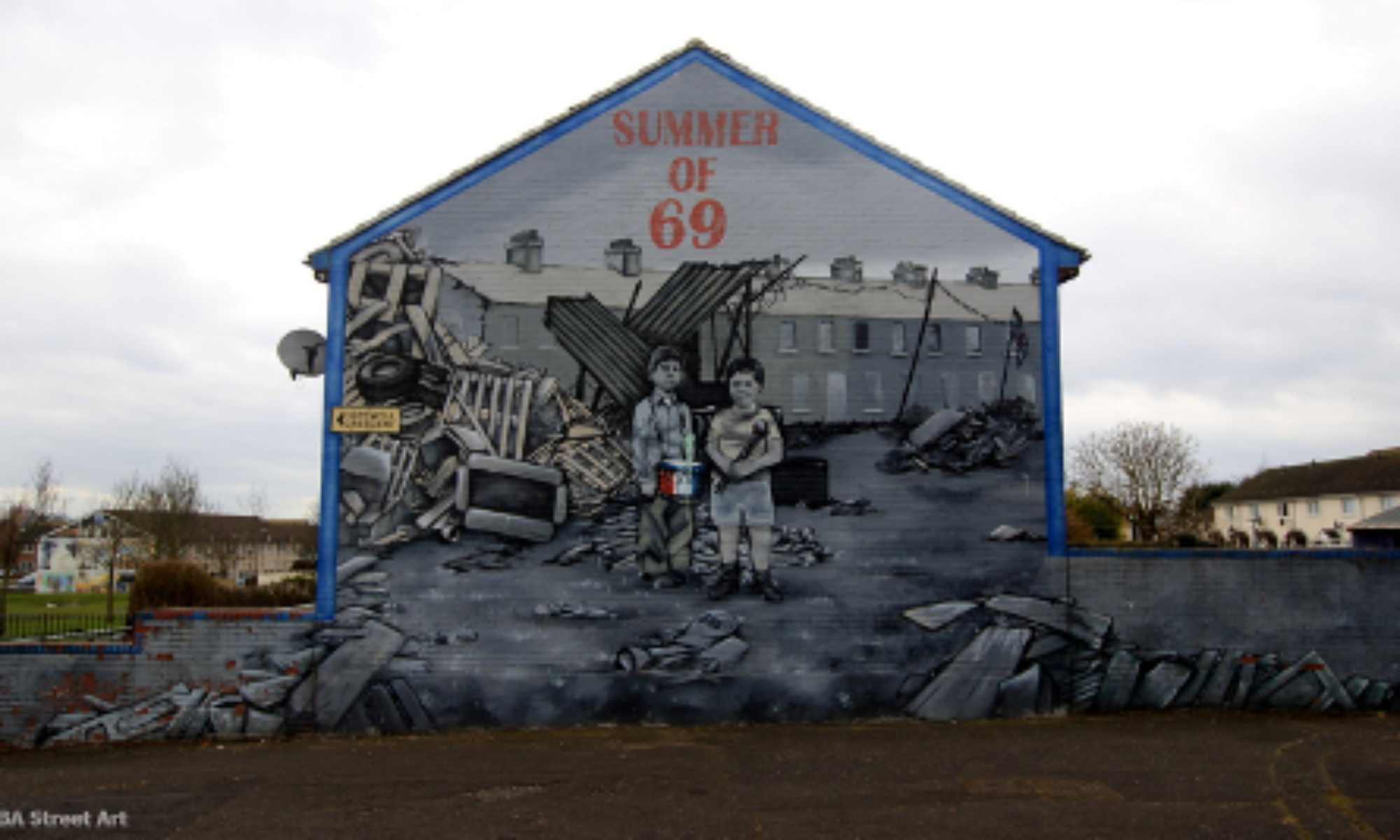In Huey Newton’s detailed accounts of how the police persistently attacked him, it is undeniable the racism ingrained into the system. A system that allows policemen to harass a man who has just been shot in his own hospital room as he tries to recover. A country, as seen in the Voices of the Chicago Eight, doesn’t give a defendant in court the ability to have a lawyer to defend him. A country, as seen in The Trial of Catonsville Nine, that chooses to fight a war in Vietnam against an ideology (communism) and uses napalm to attack citizens, instead of using those resources to eradicate racism and poverty domestically. I am fortunate enough to never have been a victim of systemic oppression, but MLK and Newton were not that lucky. Unlike Newton’s dad, who played along with the system, and worked as many jobs as he needed to pay his debts, Newton did everything against the system. He protested as early as elementary school where he refused to learn how to read. This is when I wonder, how MLK and Newton had hope for a better future. When life seems to be turned against African-Americans, they both fought for change. They believed in the promise of a better life.
This theme of hope is very big in tying together all the texts we’ve read in this course. At times where I do not think I would have been able to have hope myself, the characters in all texts, use hope as a vehicle to get through the tough times. In Mojo and MIckybo, we see the young boys use their imagination to hope for a different and better life. In Pentecost, we see Marian move to a house on the border of the Catholic-Protestant conflict, a house and location that would seem unpleasant to most, shows how far she is willing to go for a better life. Marian and Ruth are the embodiments of hope, as their characters learn to live with their grief throughout the play. These characters all seem to be holding onto a promise for change, which is getting through the tough times.

It would be interesting to analyze what we believe the most powerful emotions to be in these times. I read another blog post that spoke a lot of frustration and yours offers a different perspective when it details the use and presence of hope in the texts we have read. Hope, which one can arguably say goes hand in hand with faith, is a big part of MLK’s speeches and rhetoric. It is also a big theme of Pentecost by Stewart Parker. There is also a lot of hope in Huey’s writing when he discusses revolutionary suicide and giving up his life for a greater cause. Yet, there is also a lot of frustration. Which emotion and sentiment do you believe was stronger back then. Do you believe frustration held people back whilst hope pushed them forward, or do you think they both managed to propel the movements? Obviously, times of war and destruction are complicated and there are many different things at play but I believe these discussions are important for future generations and leaders that are hoping to make a change. That way, they can know what emotions to play into more in order to have more people join their movement and become inspired.